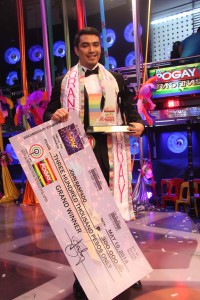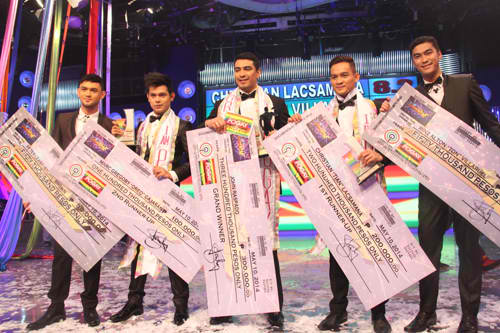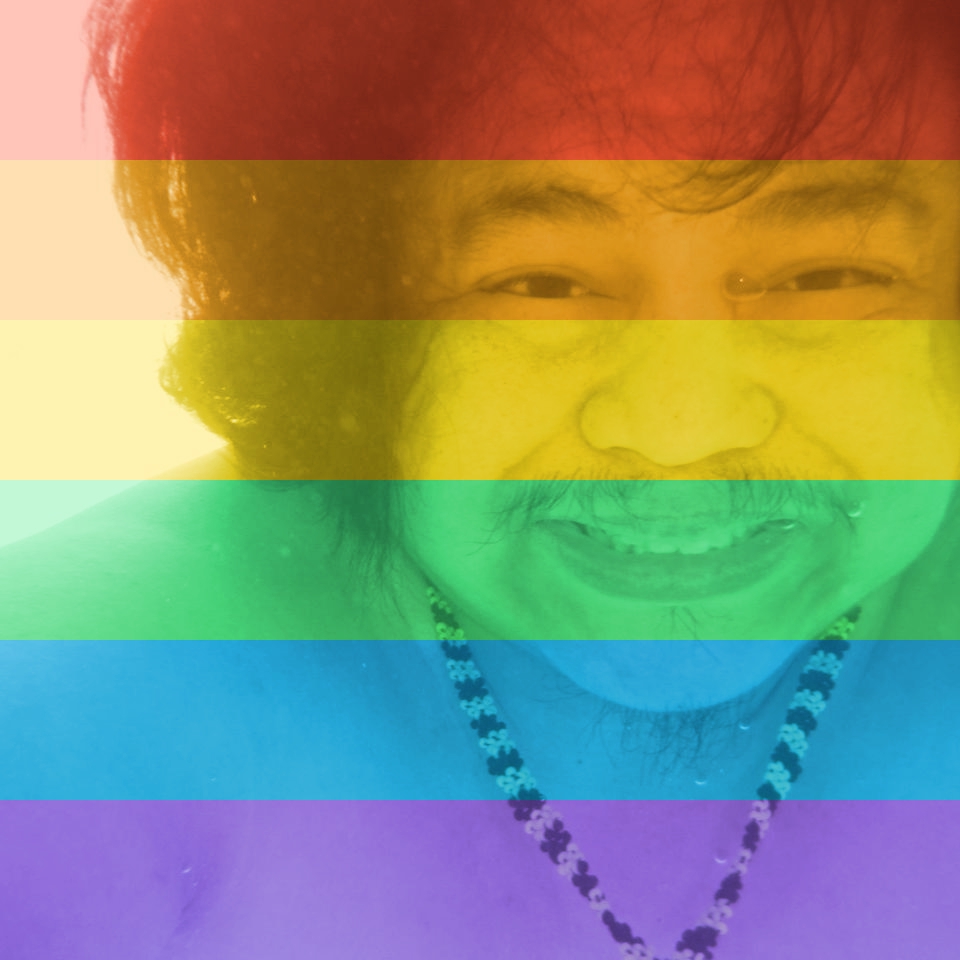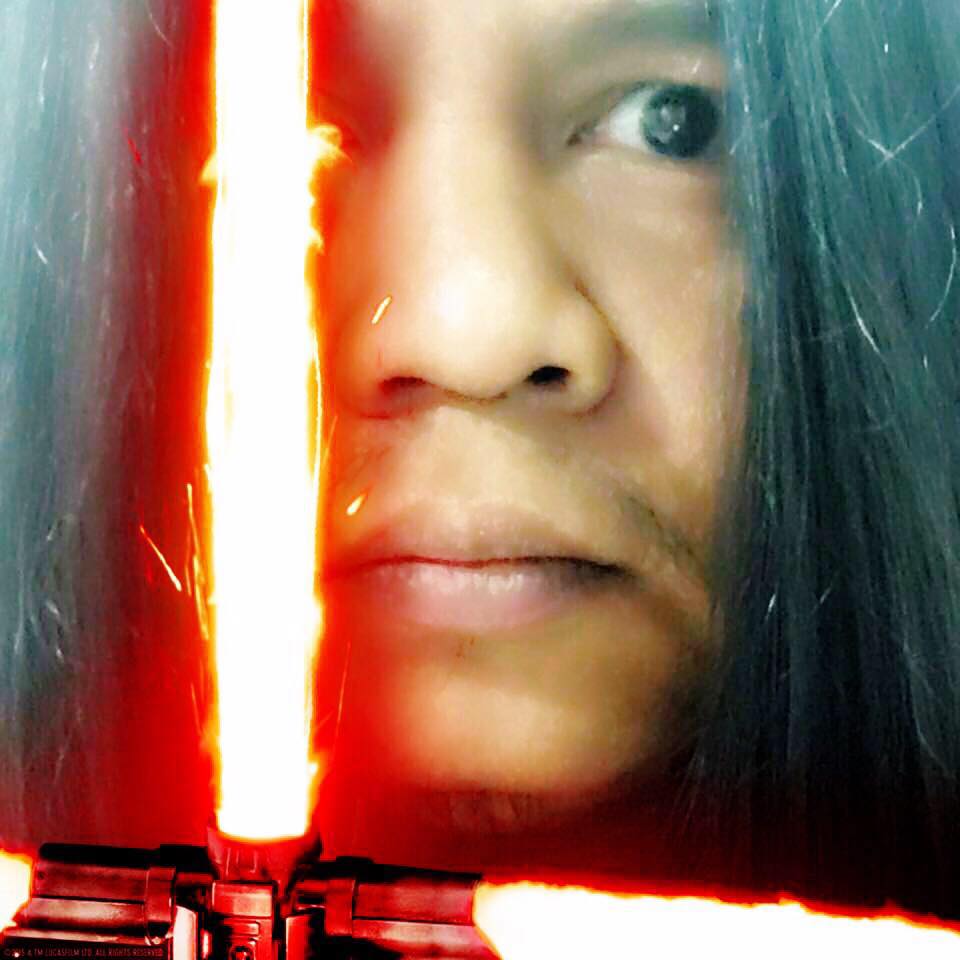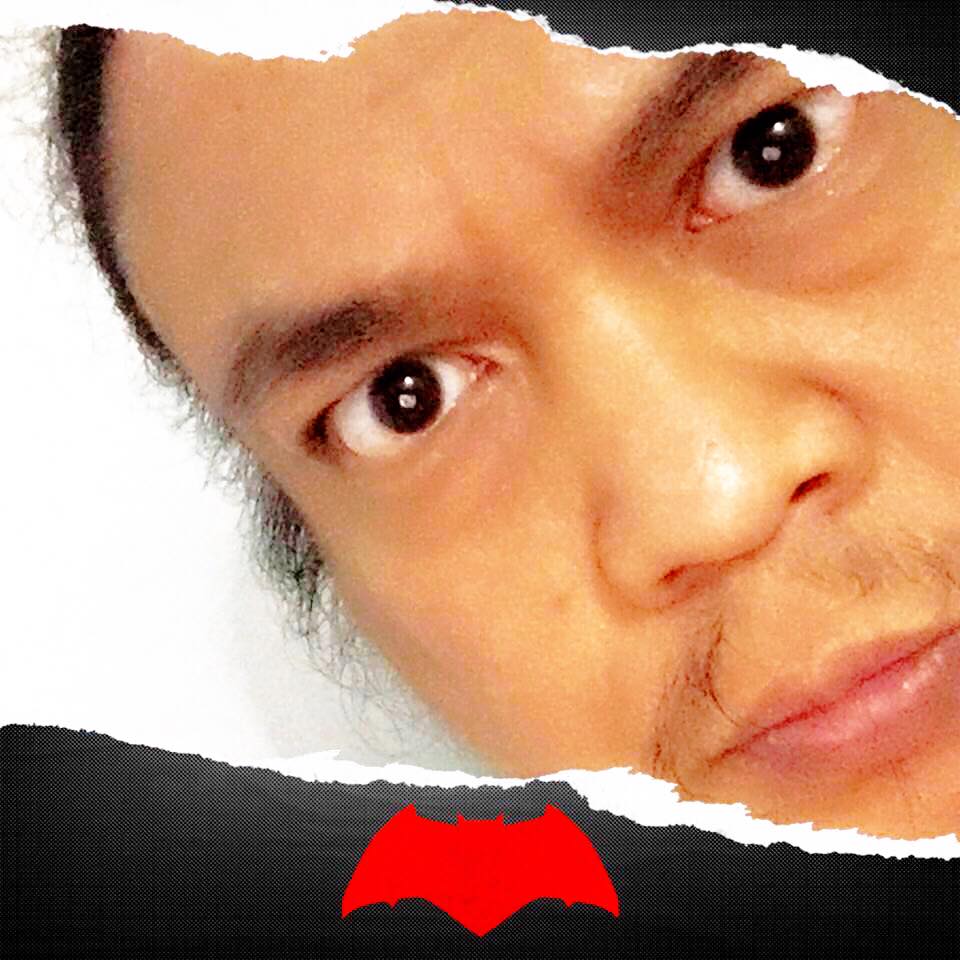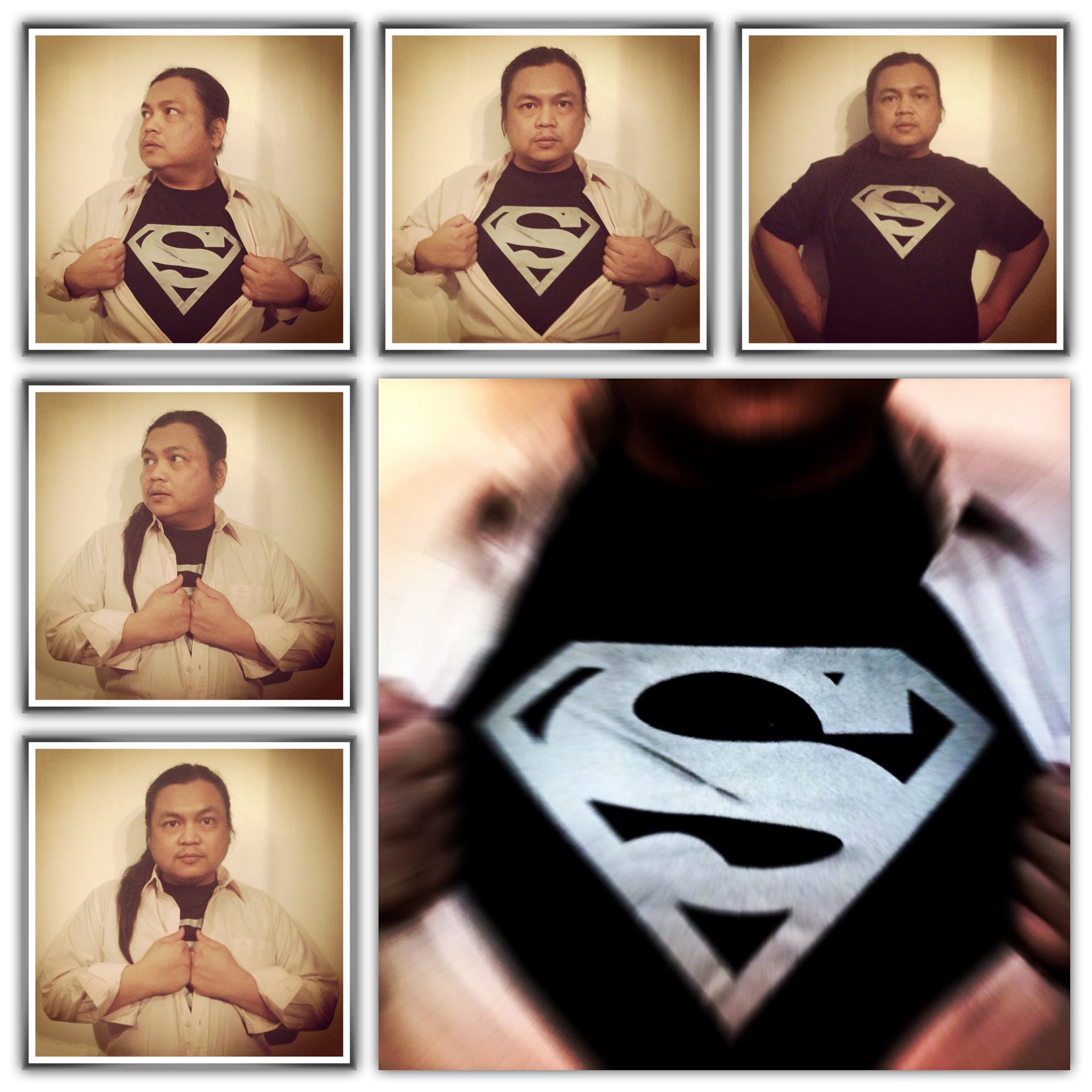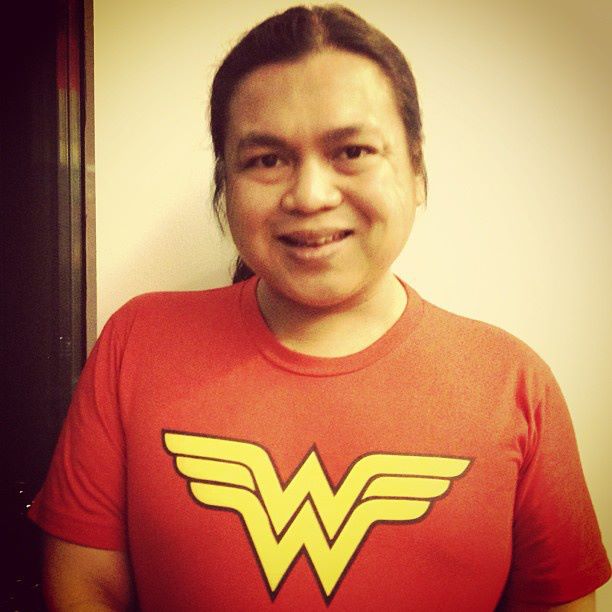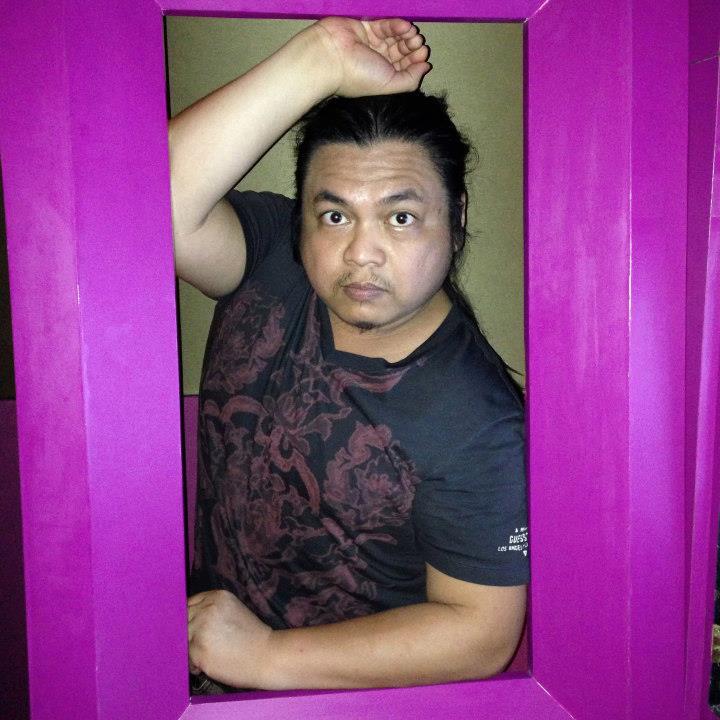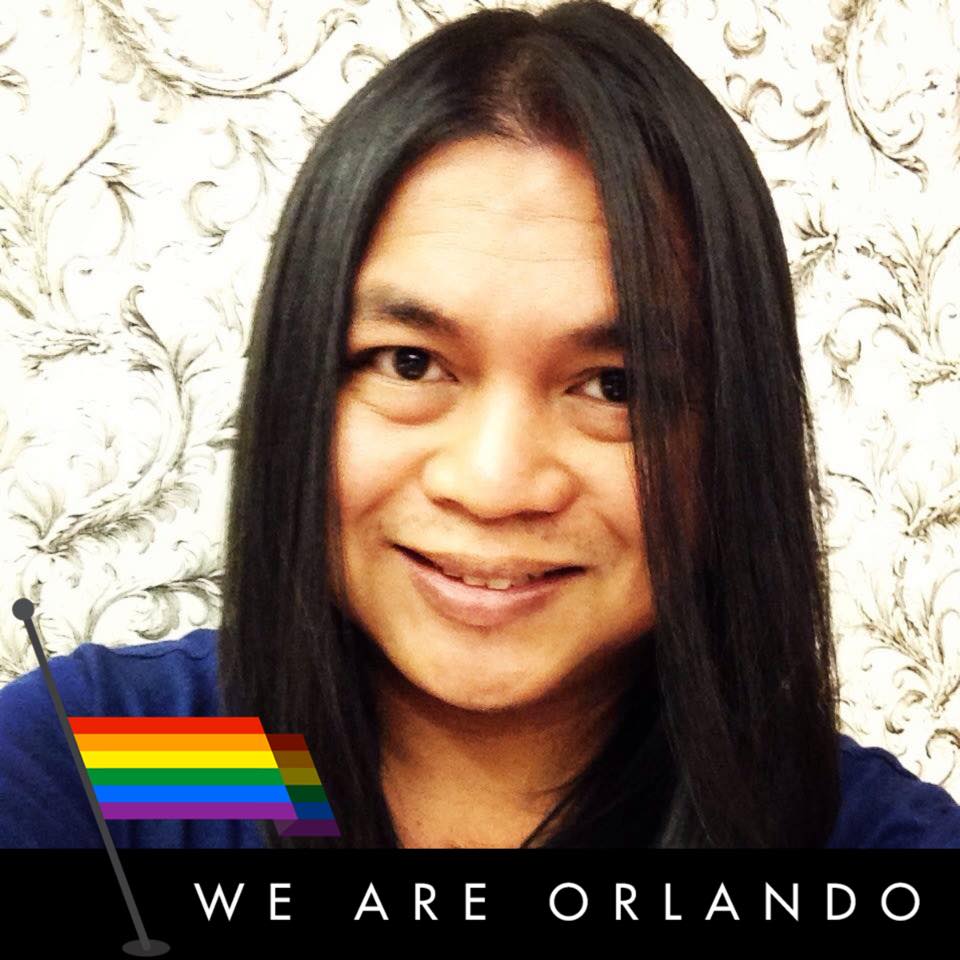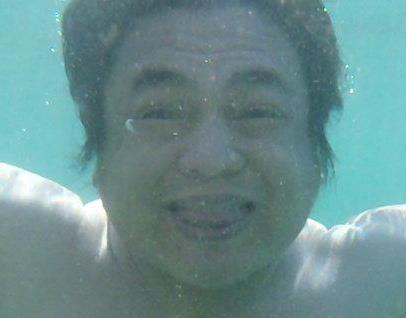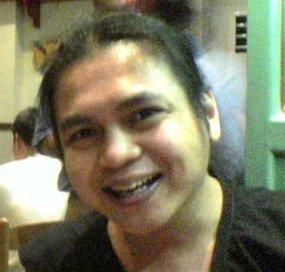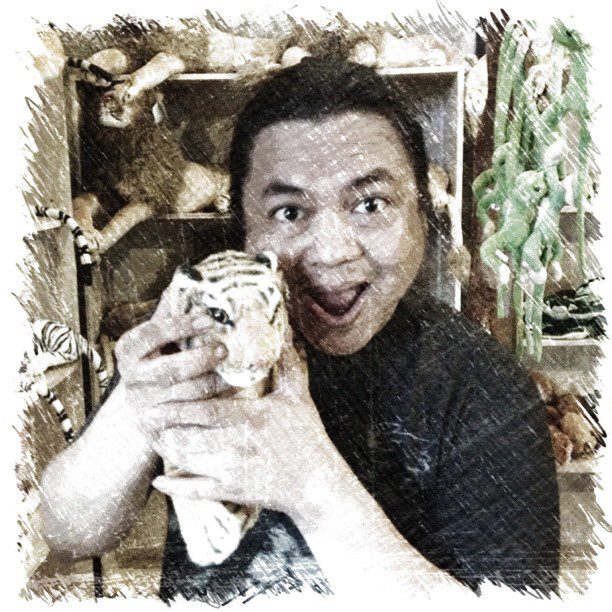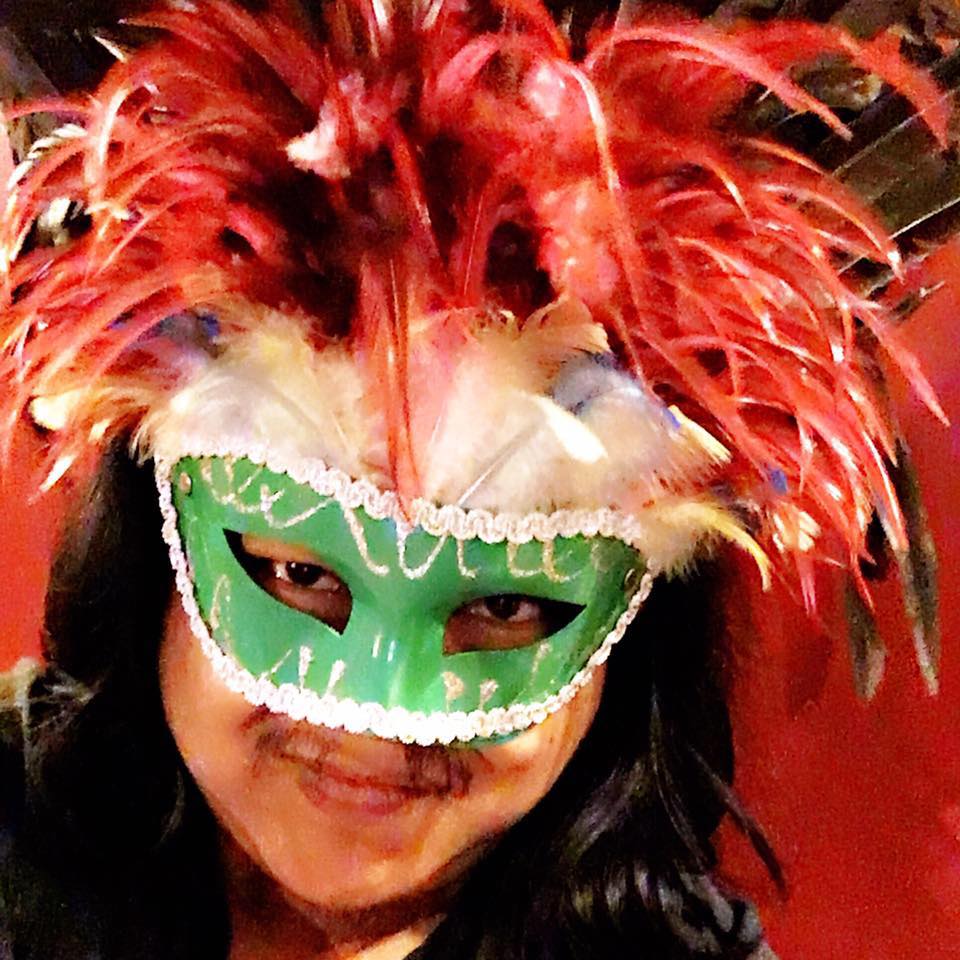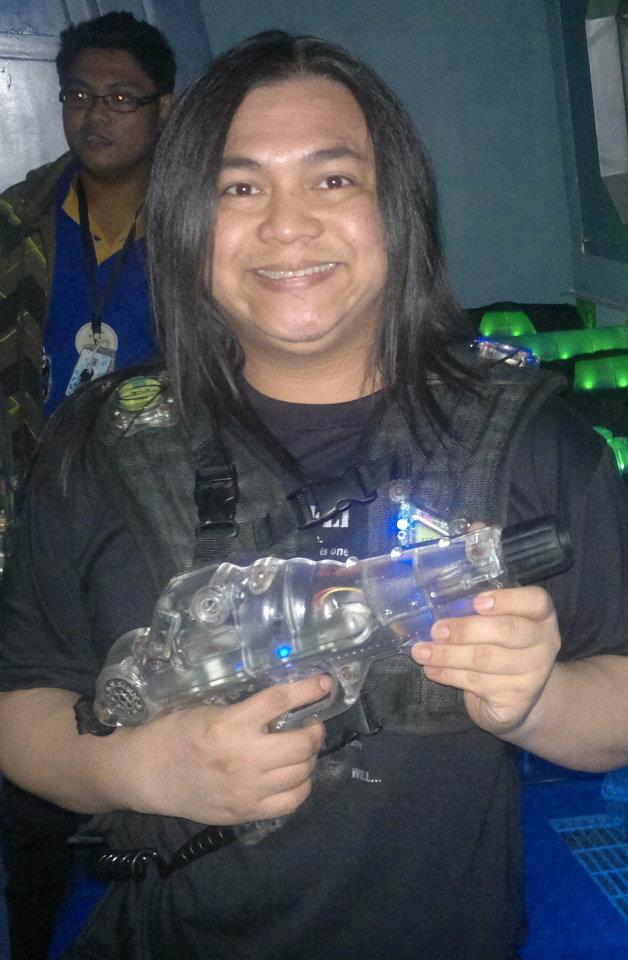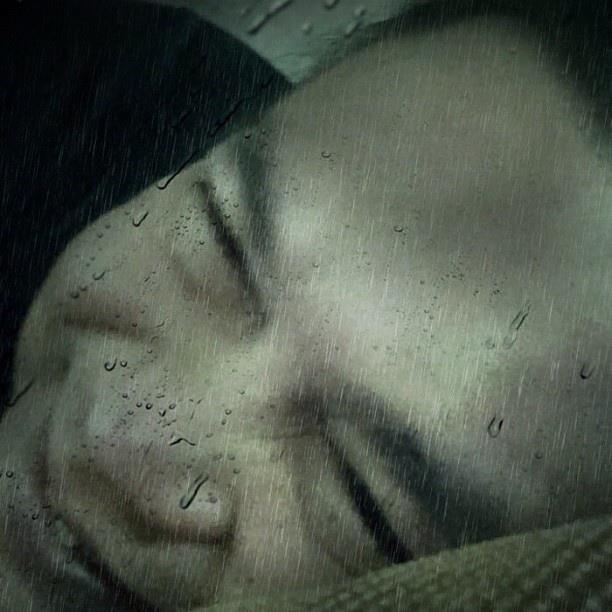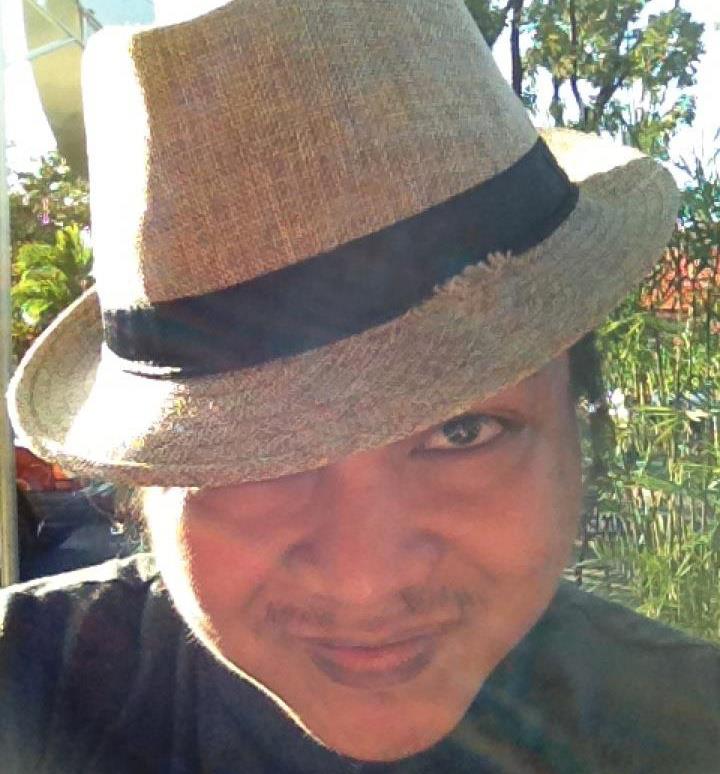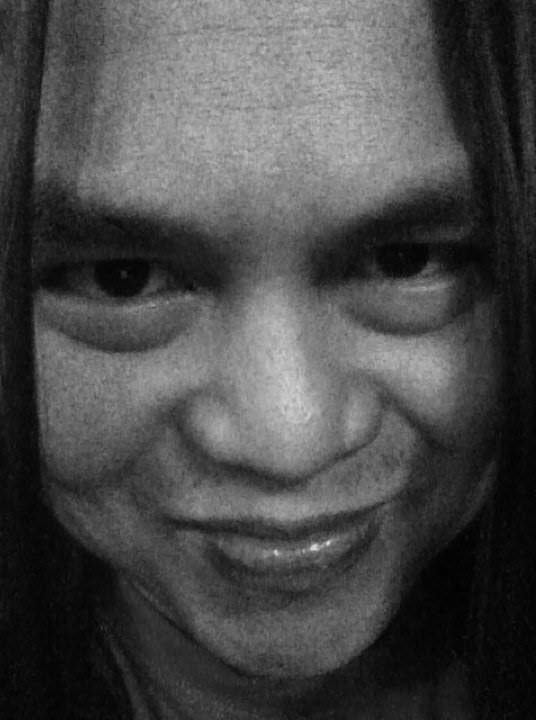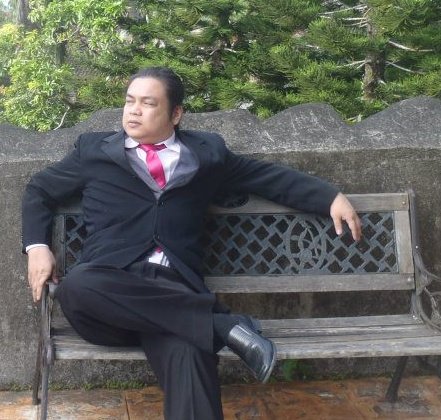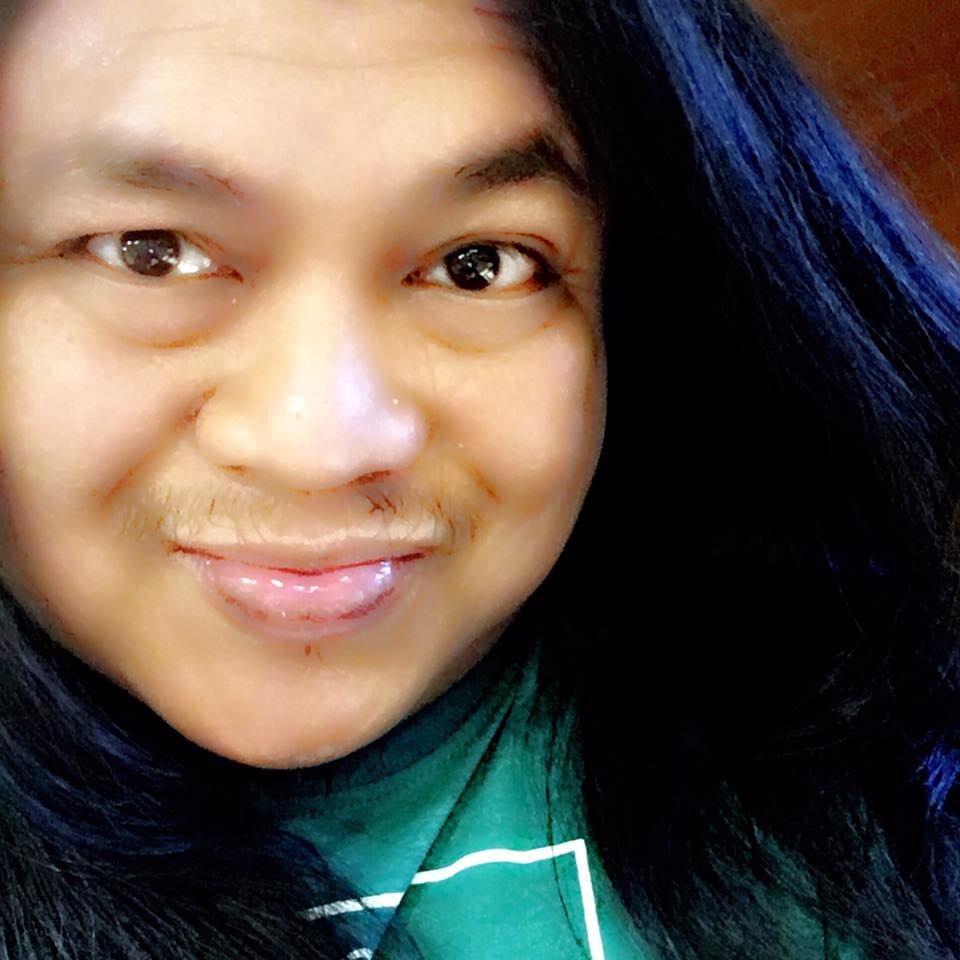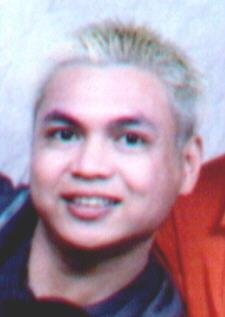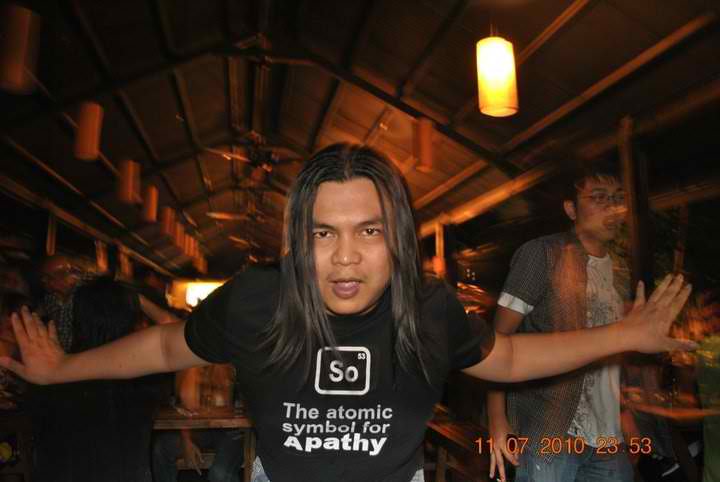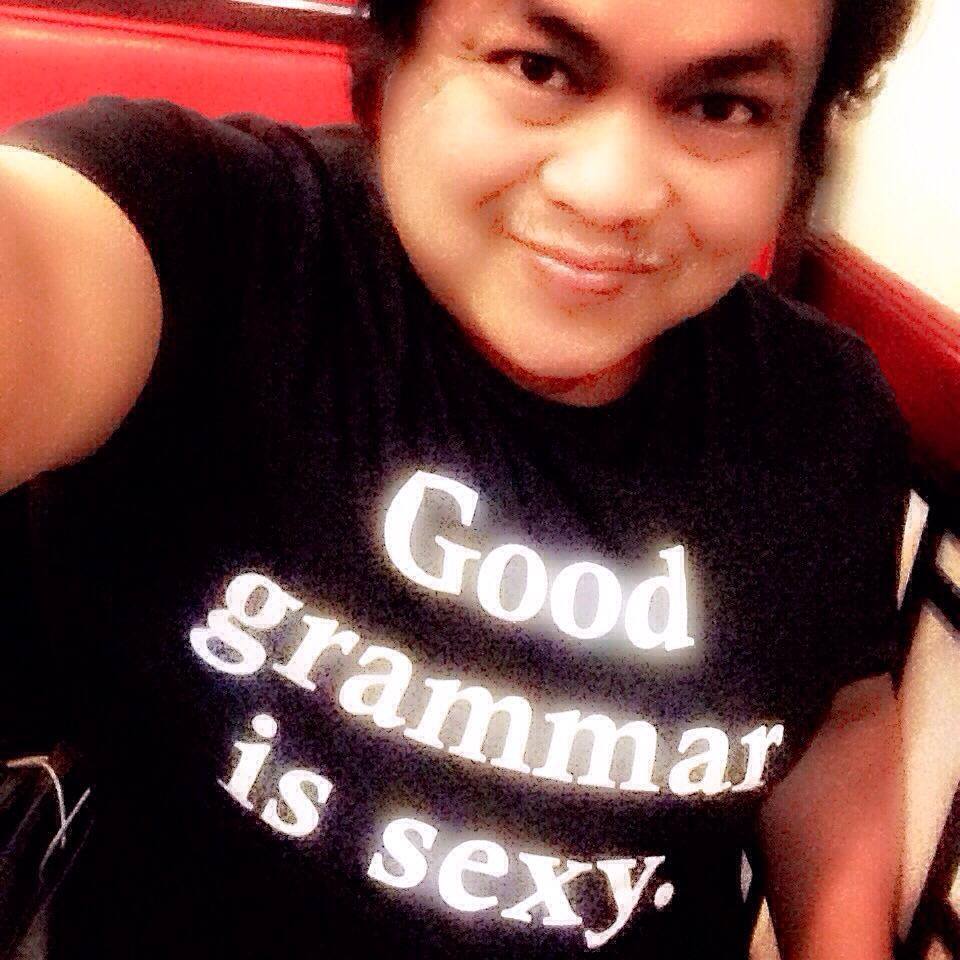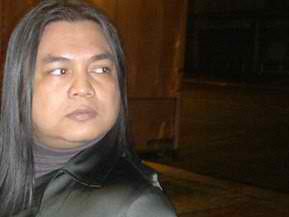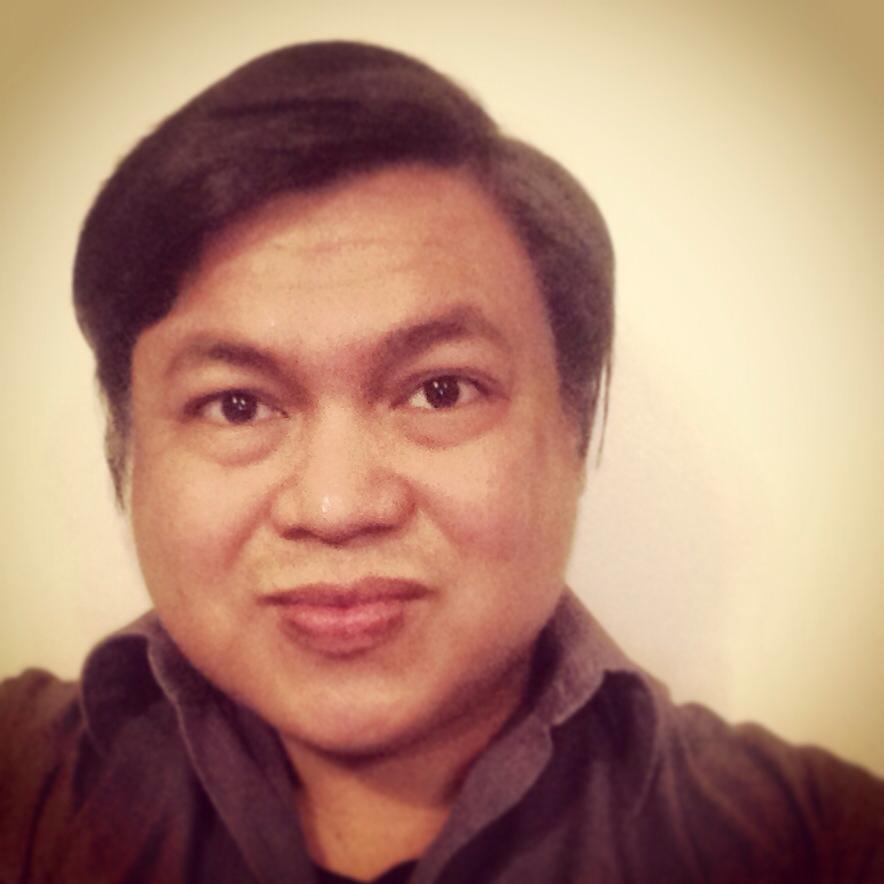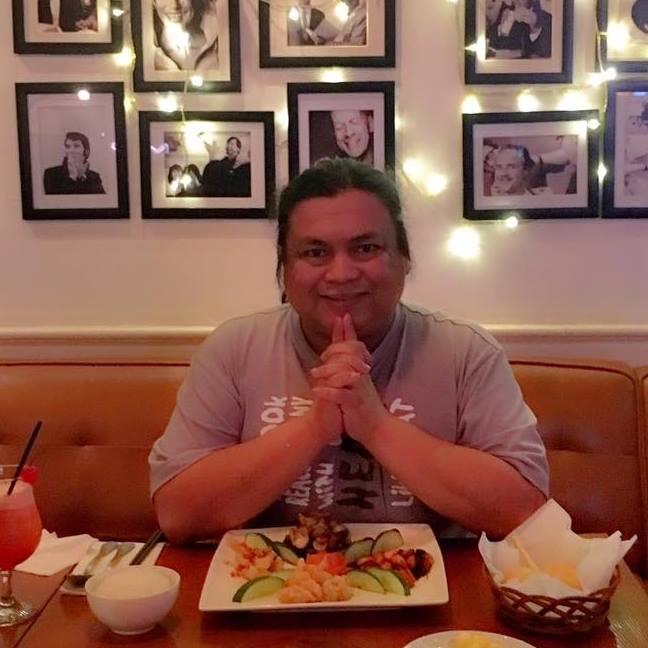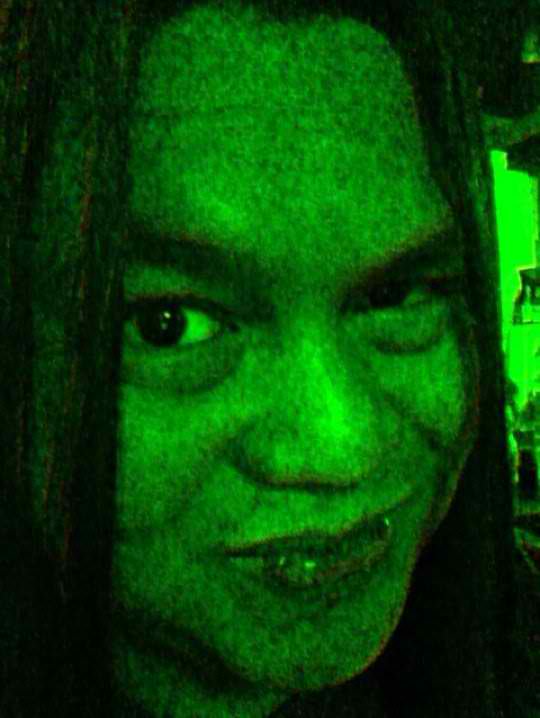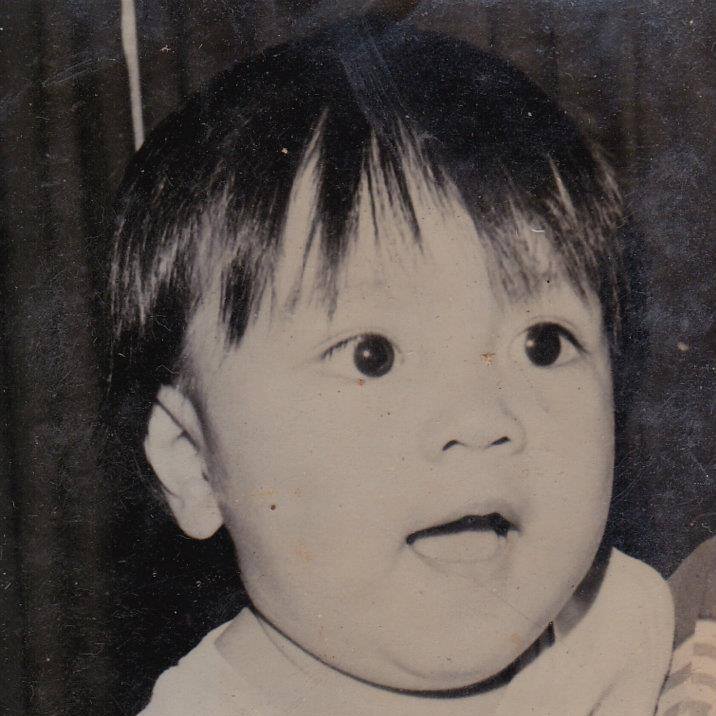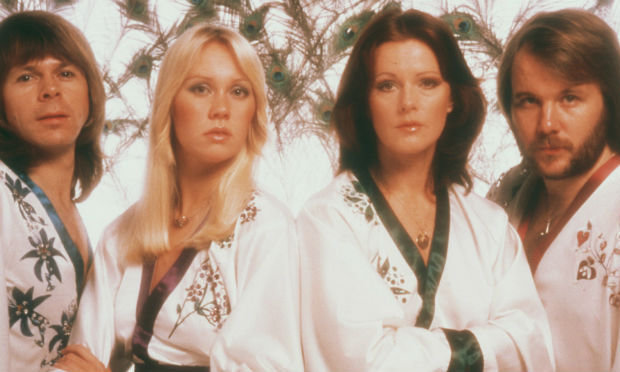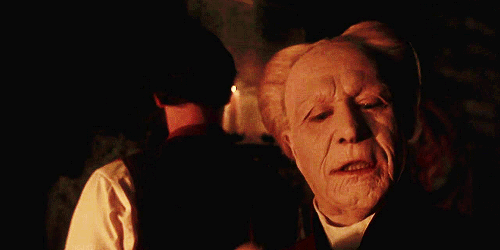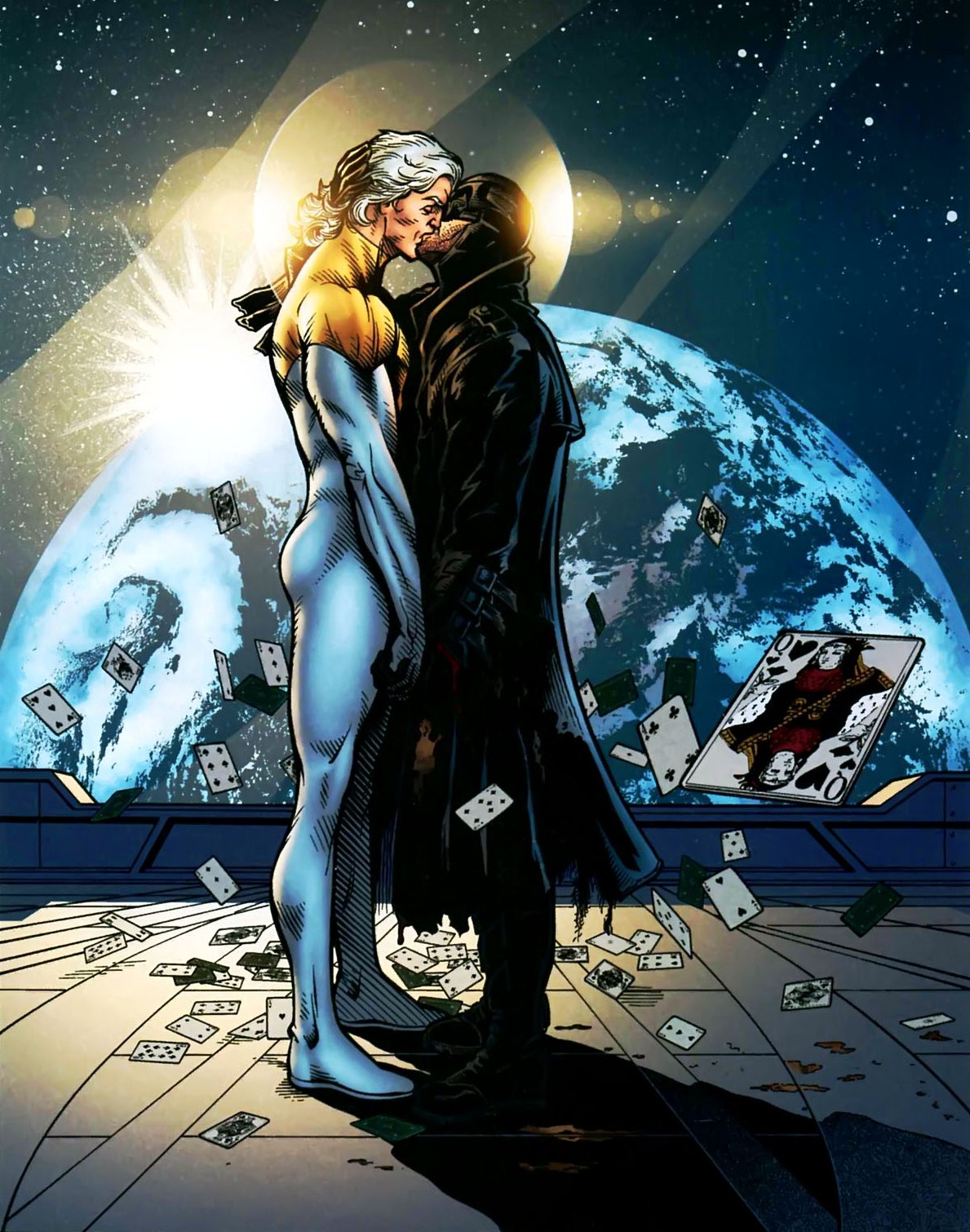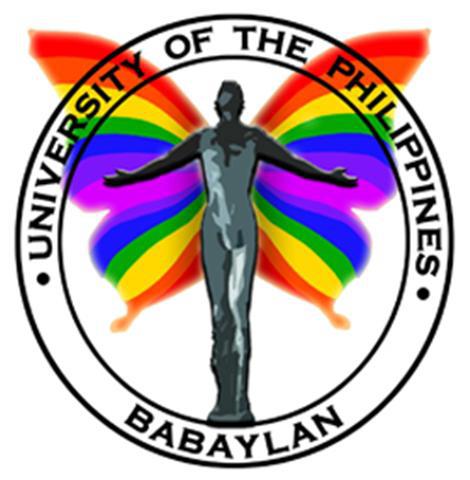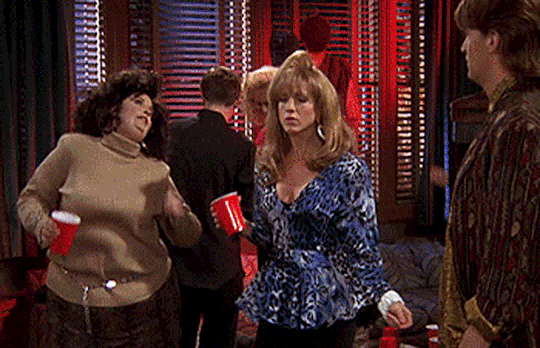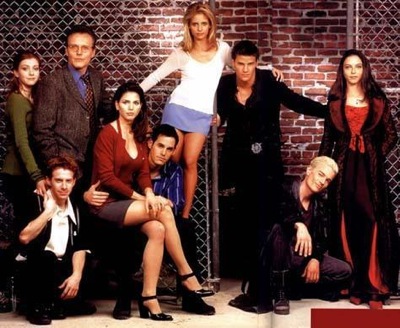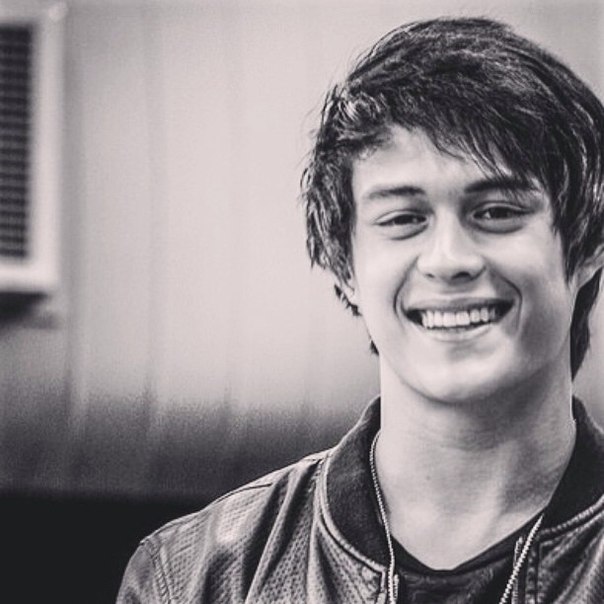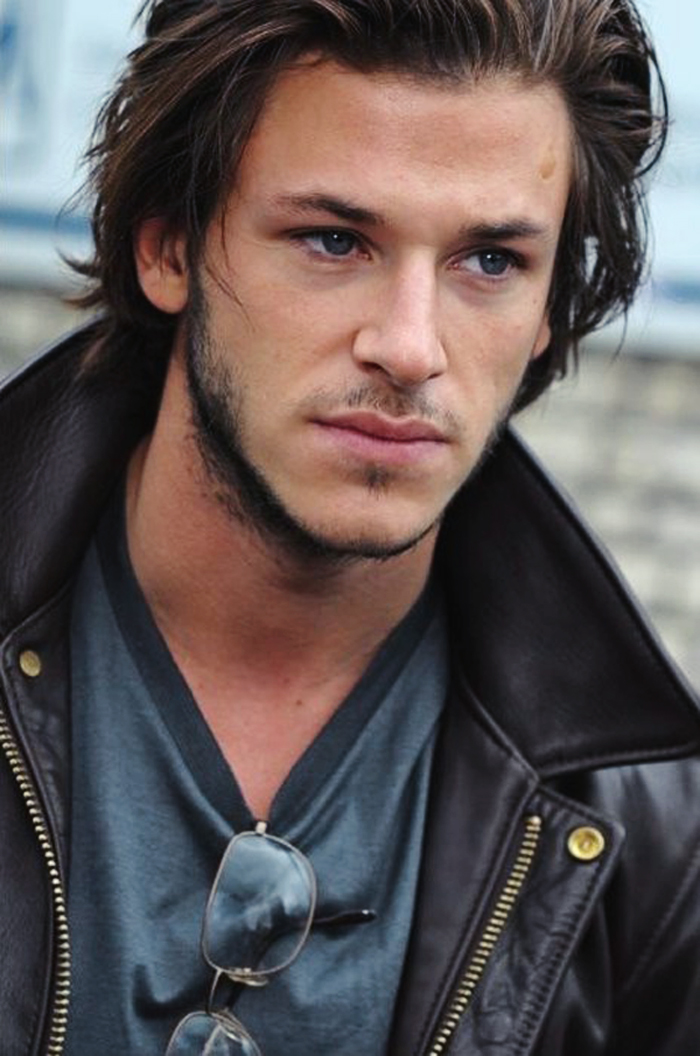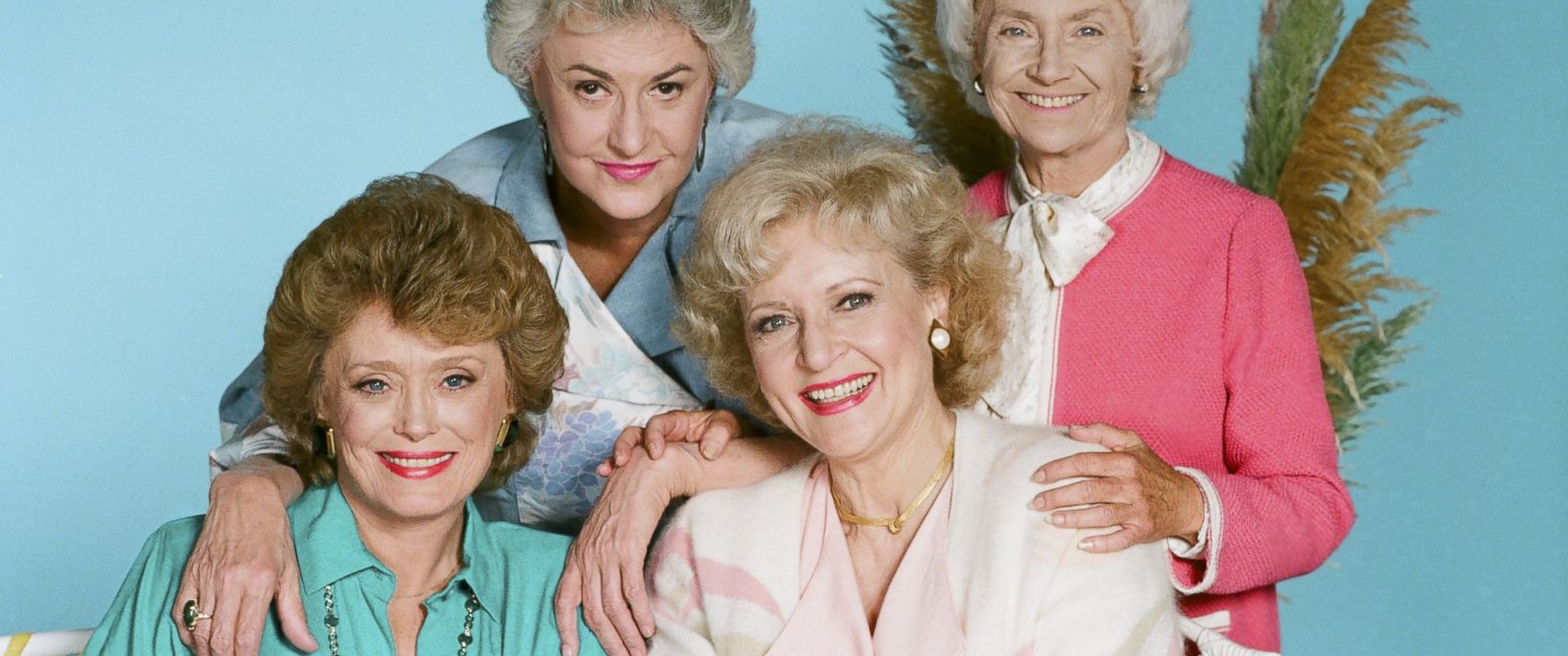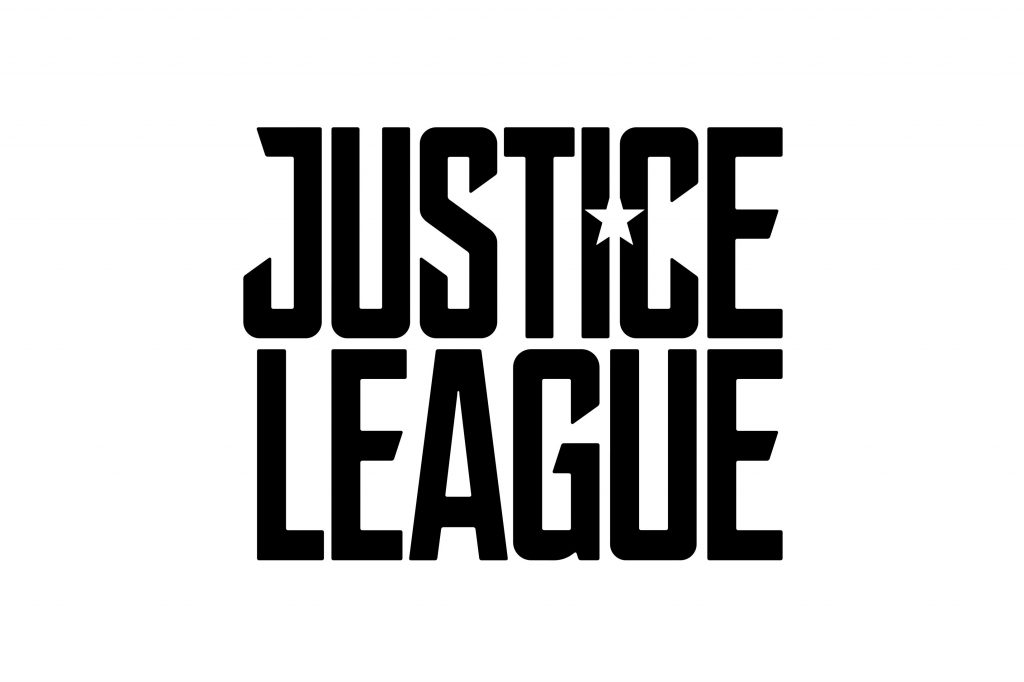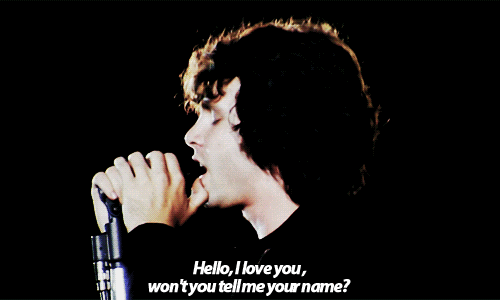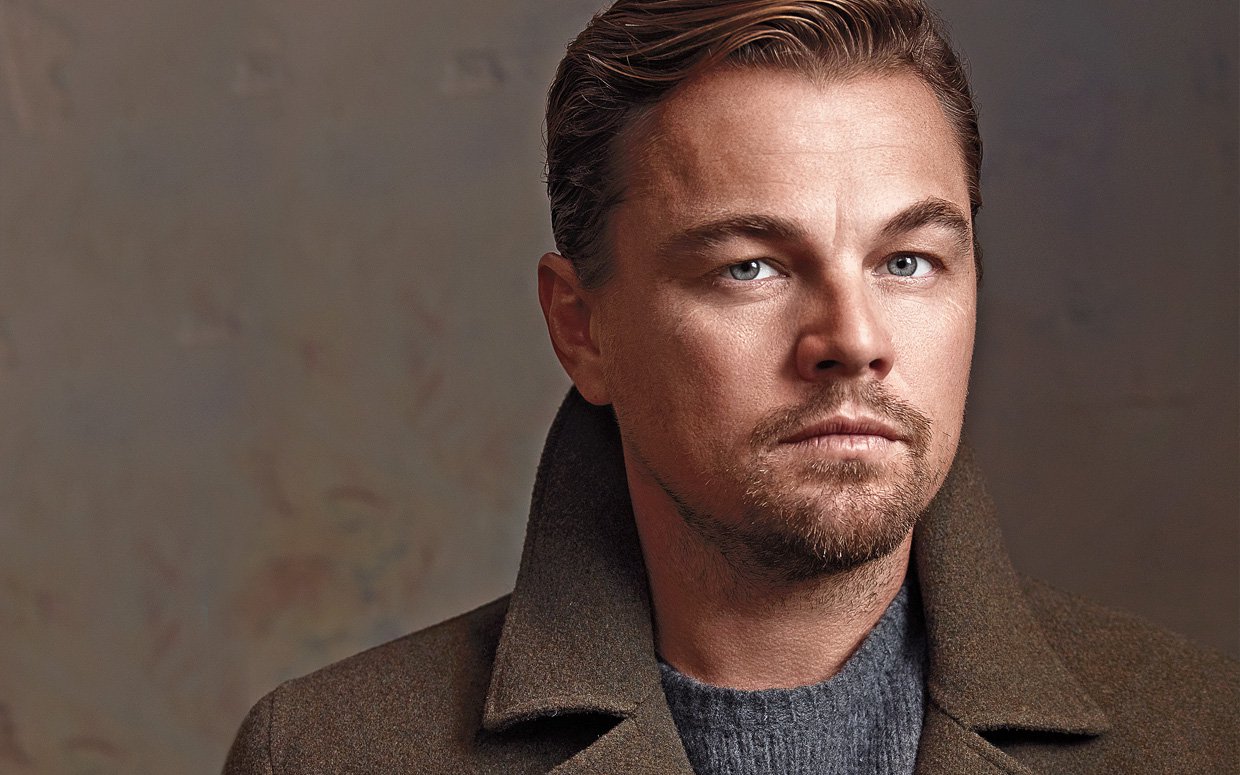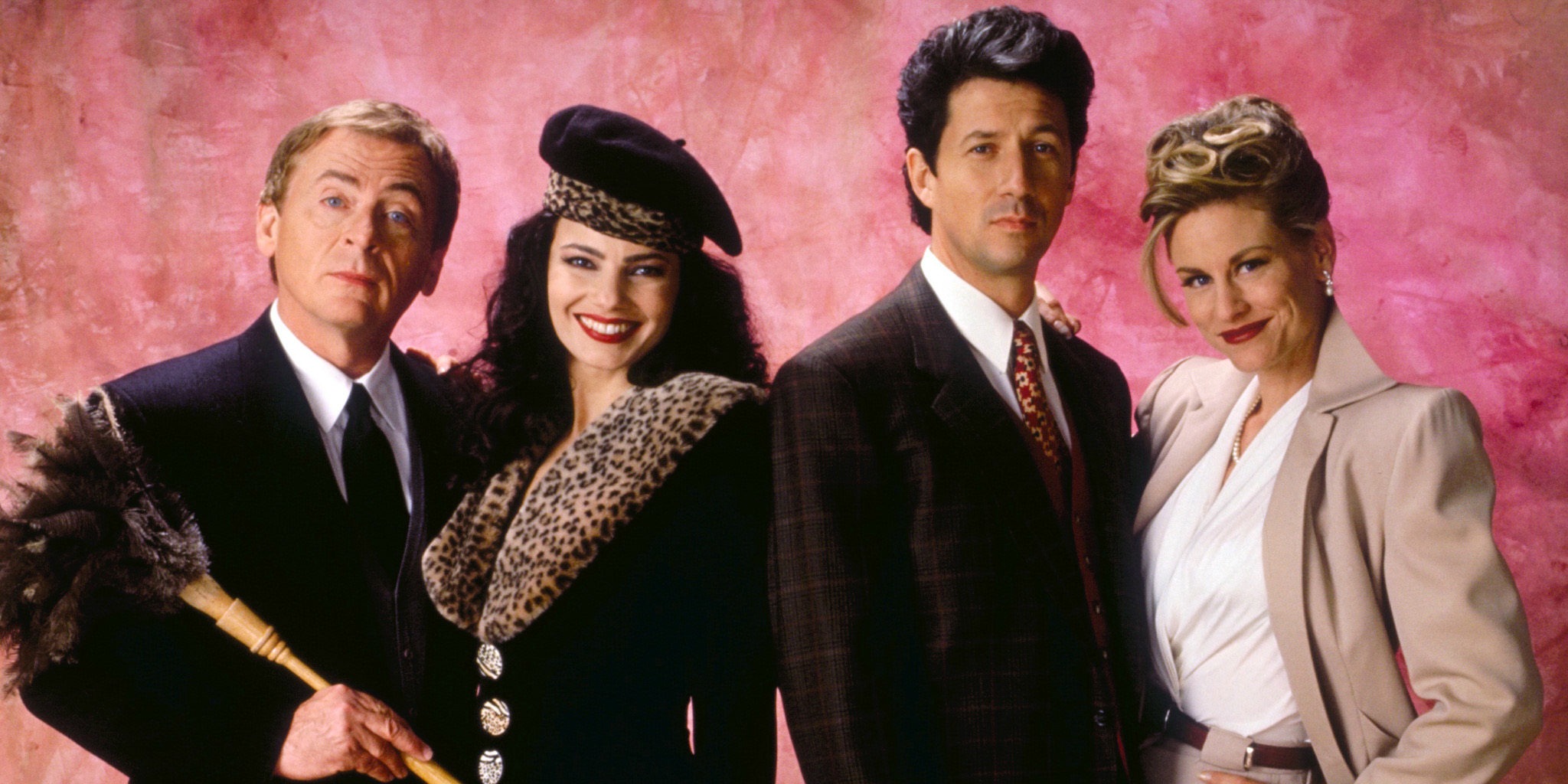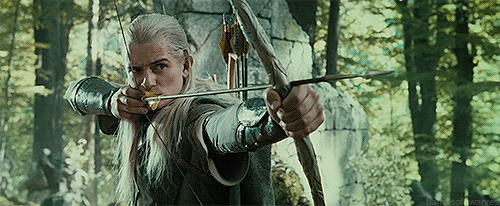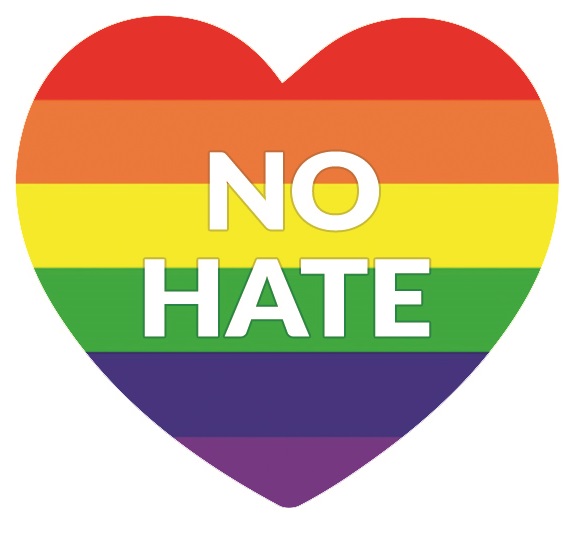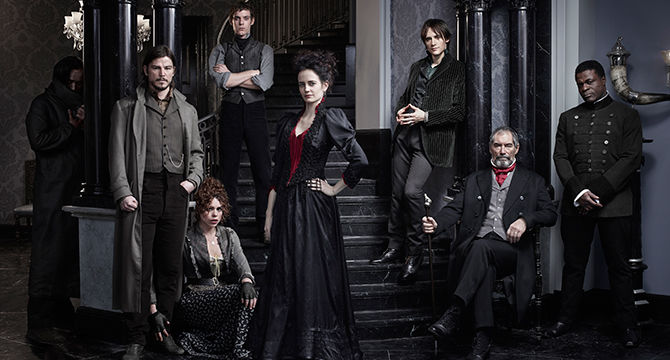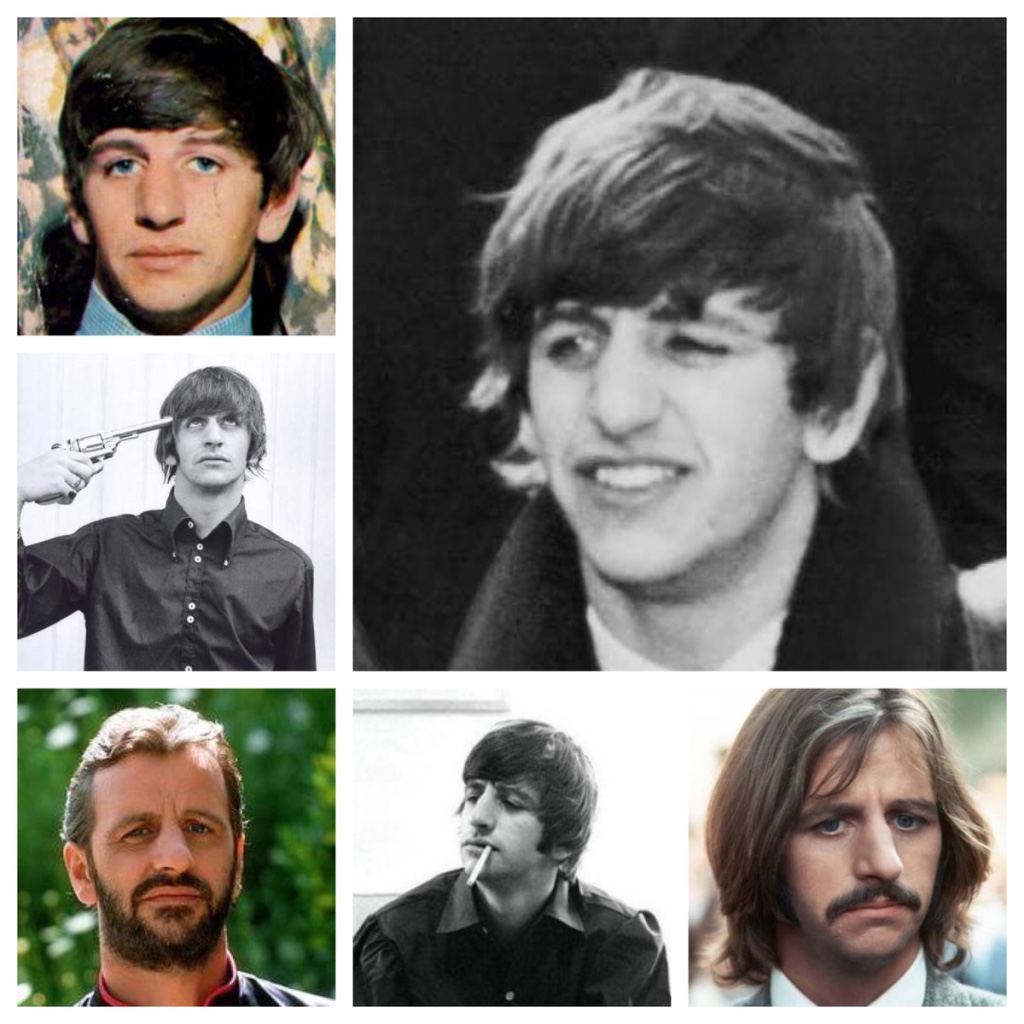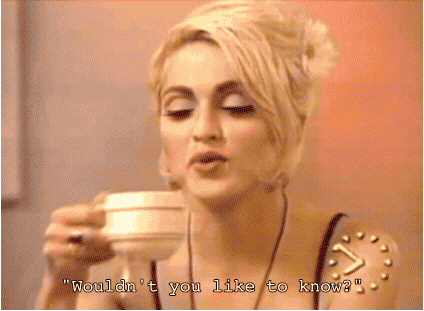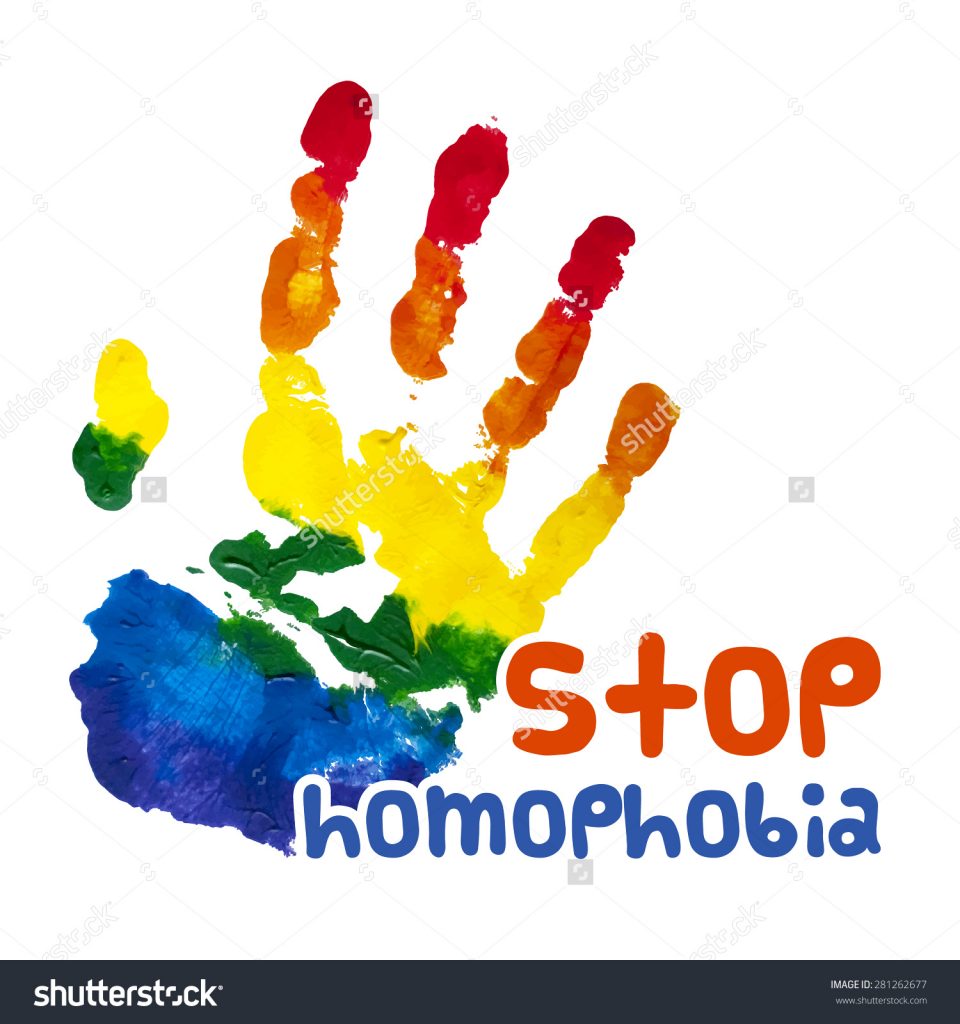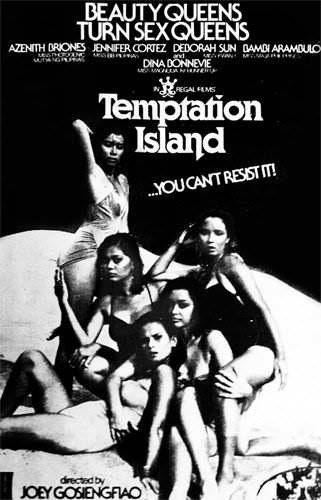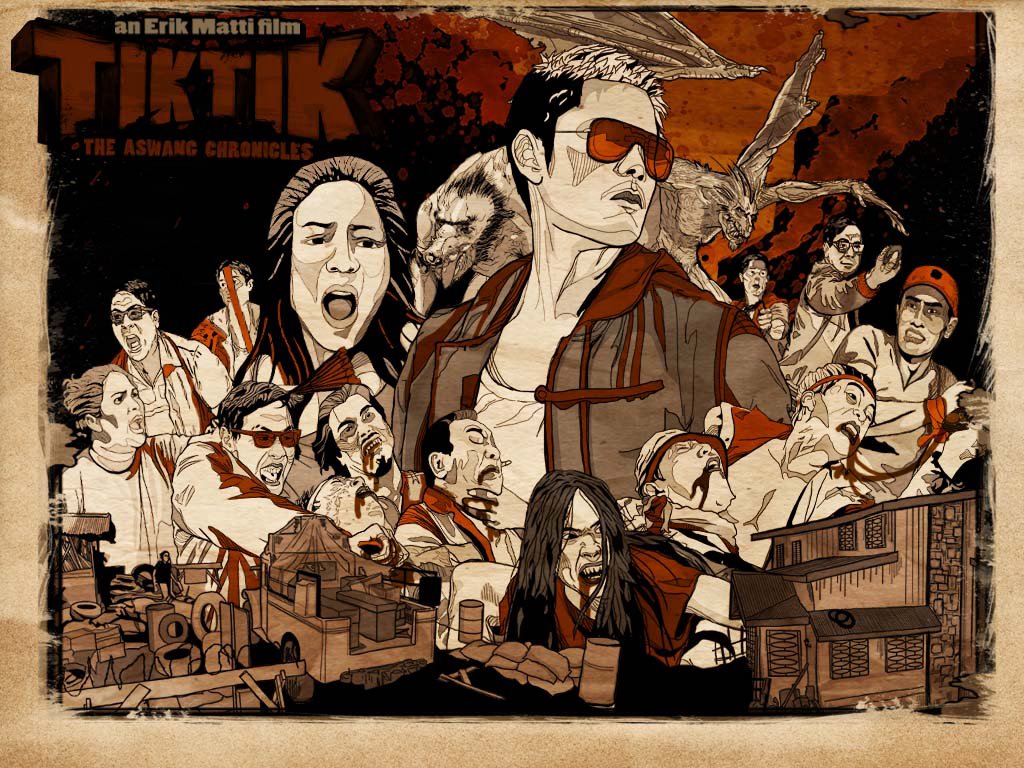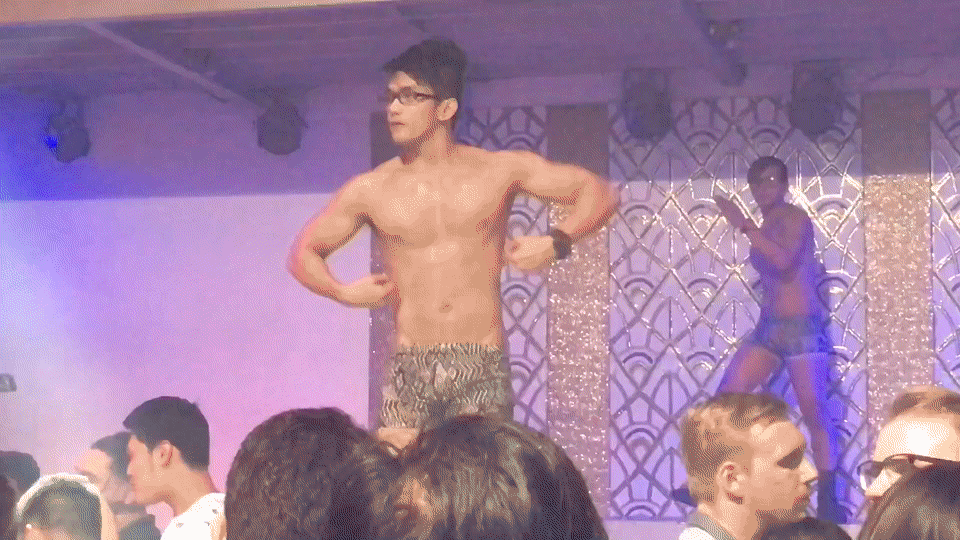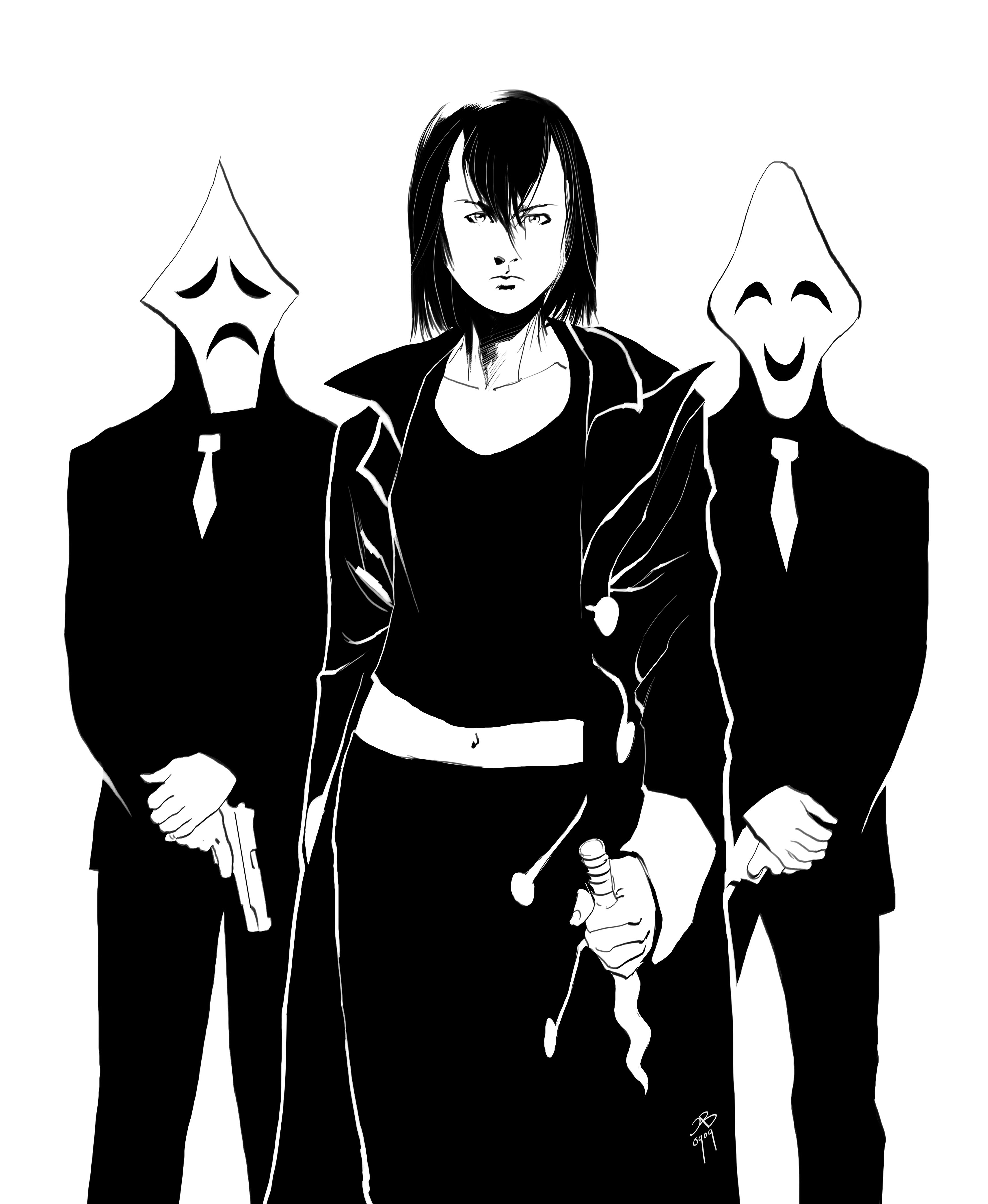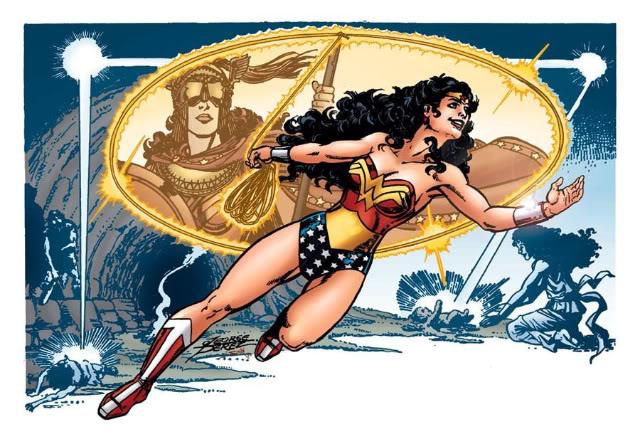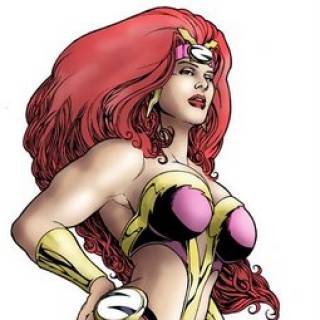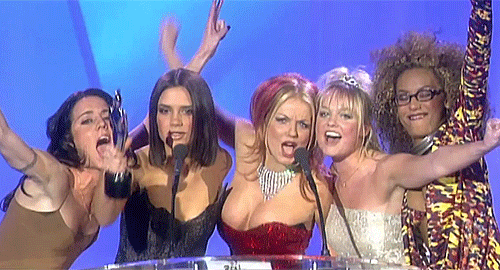Bender
by allancarreon on May.12, 2014, under Film & TV, Queer
When the TV contest I Am Pogay first came out, it must have been a curiosity to the Filipino masses who may still have little understanding of the modern gay paradigm. After all, the stereotype of the bakla as the swishy fairy is ingrained in our cultural consciousness – stemming, perhaps, from our own pre-Hispanic roots where notions of gender and sexuality were much more fluid and definitely more liberal than what the West brought to us throughout four centuries of colonial rule.
What few of the masses may understand is that the image of the paminta gym buff who parties shirtless in trendy gay clubs has become such a common representation of PLU that it now nearly rivals the classic Facifica Falayfay perception. The success of My Husband’s Lover has also contributed to the recognition of the masculine gay man. In fact, much like the pagirl, the pamhin has become its own stereotype as well, albeit relatively new and perhaps still not as widespread; this masculine representation has permeated our cultural consciousness in the last decade or so.
And yet what does masculinity, or femininity for that matter, really mean to the common Pinoy? This dichotomy of masculine vs. feminine is still so ingrained in the consciousness of our people despite the emergence from the shadows of more gay folk, a non-homogenous demographic whose members do not always fit into the traditional binary of the masculine and the feminine.
It thus becomes confusing – unthinkable, even – for the less-educated when gender-bending behavior in I Am Pogay is shown on national TV. Boxing in gay men as being “straight-acting” vs. “lady-like” becomes meaningless when those same hunks who in the interviews were so “manly” suddenly do an Alma Moreno as they are hoisted up in the air for their diva dance number in the talent portion. The succeeding buzz in social media then becomes both a spectacle and an experiment: a spectacle in seeing still so many people mouthing off ignorant statements, and an experiment in understanding if the kind of reception to such stereotype-defying behaviors provides a suitable gauge of the readiness of the Pinoy population at large in accepting an even more diverse gay community than it has been used to.
Read my further thoughts on this as well as my post-mortem of the contest results in The Pogay Experiment, published by the Philippine Online Chronicles. I think four of the five winners have a future in the limelight; hopefully the opportunity is not wasted by the Powers That Be.

